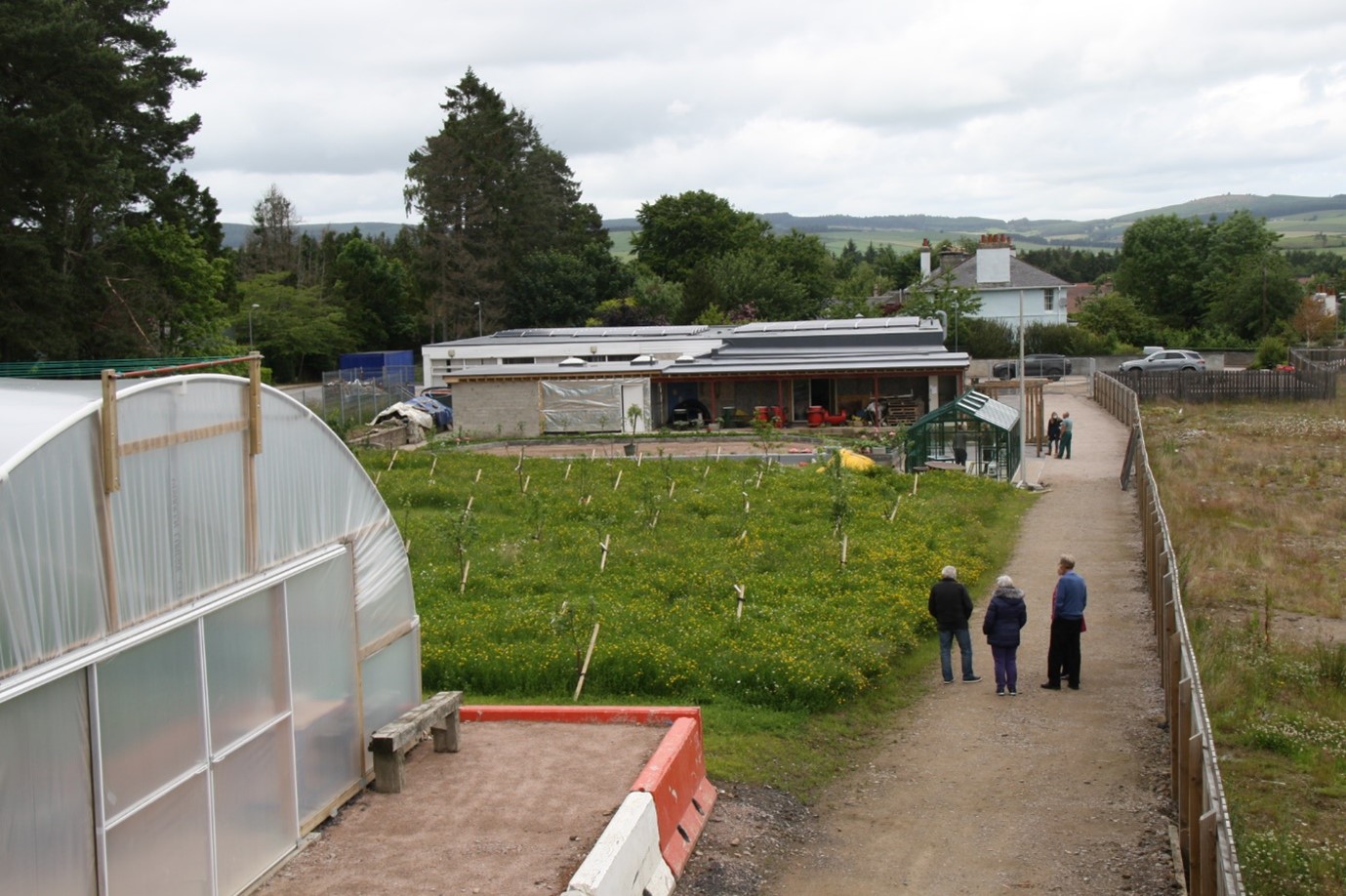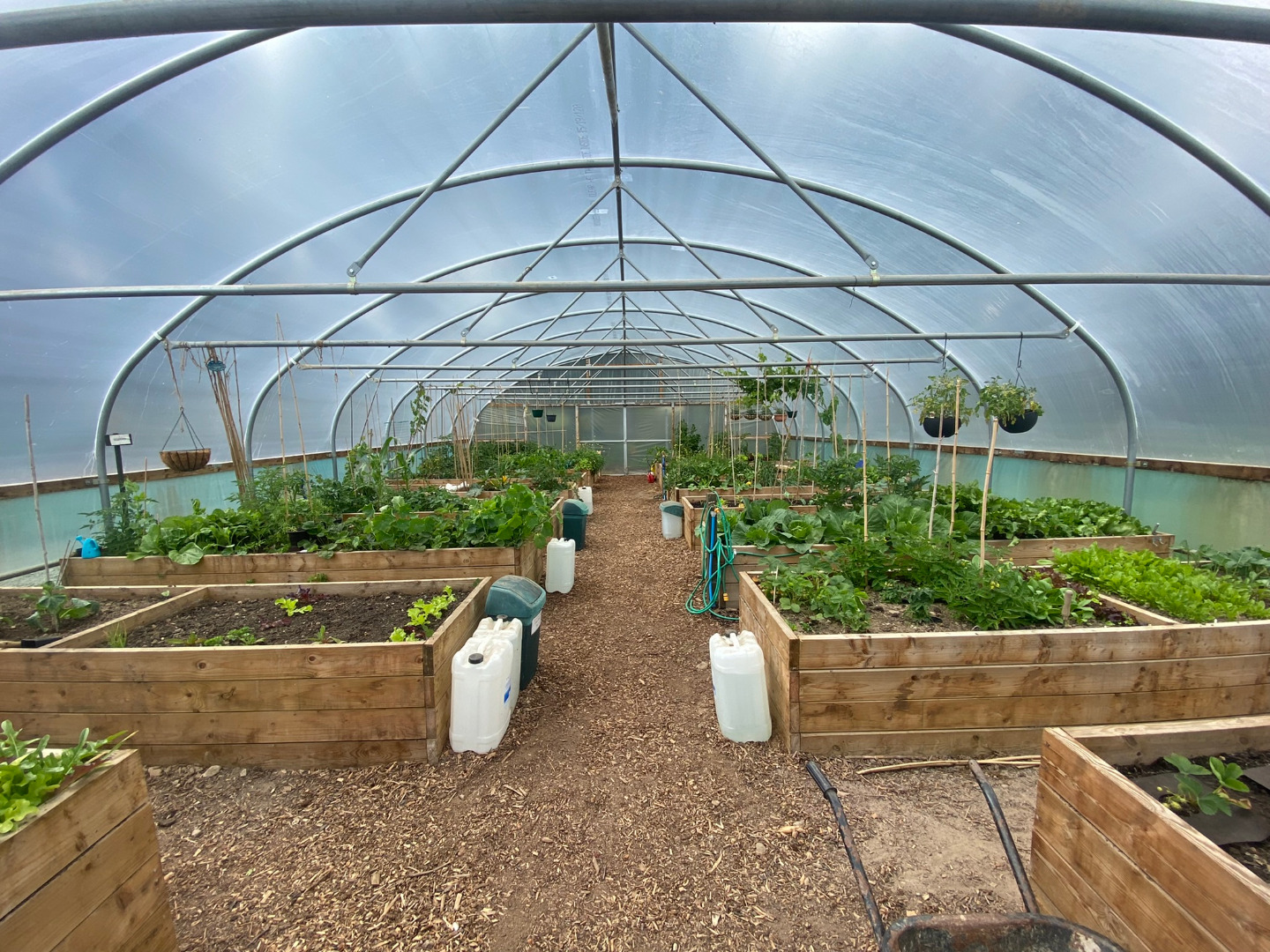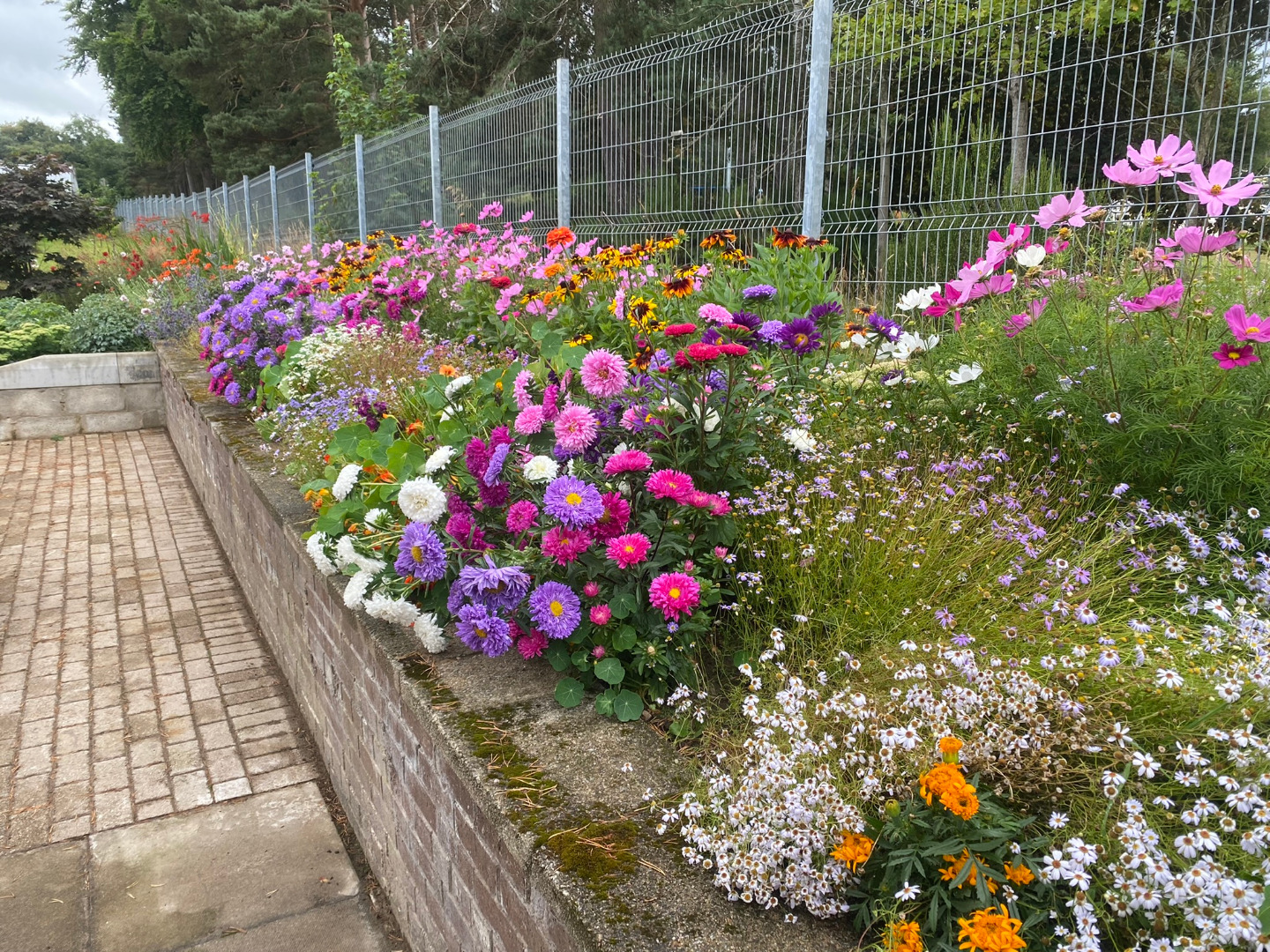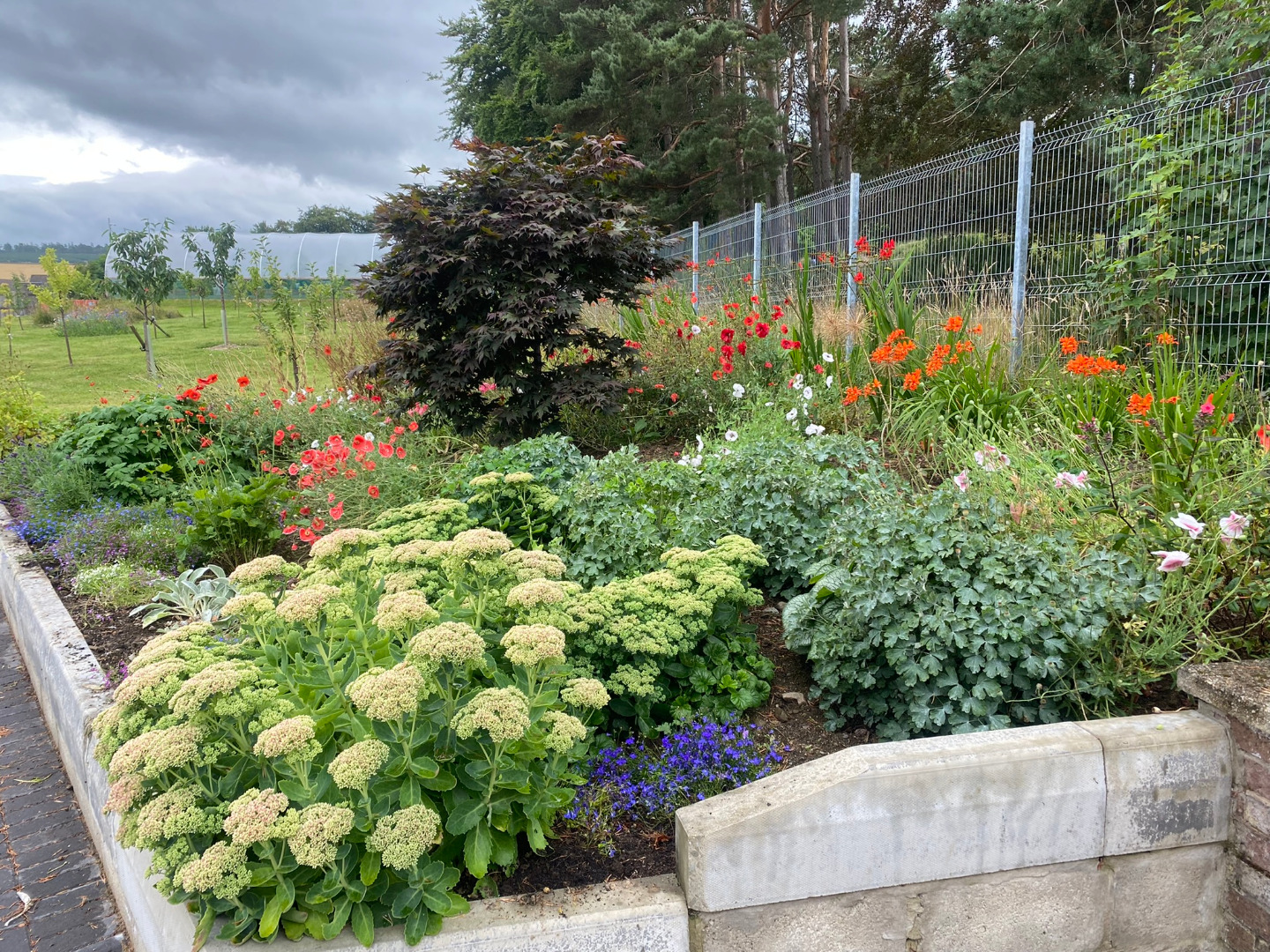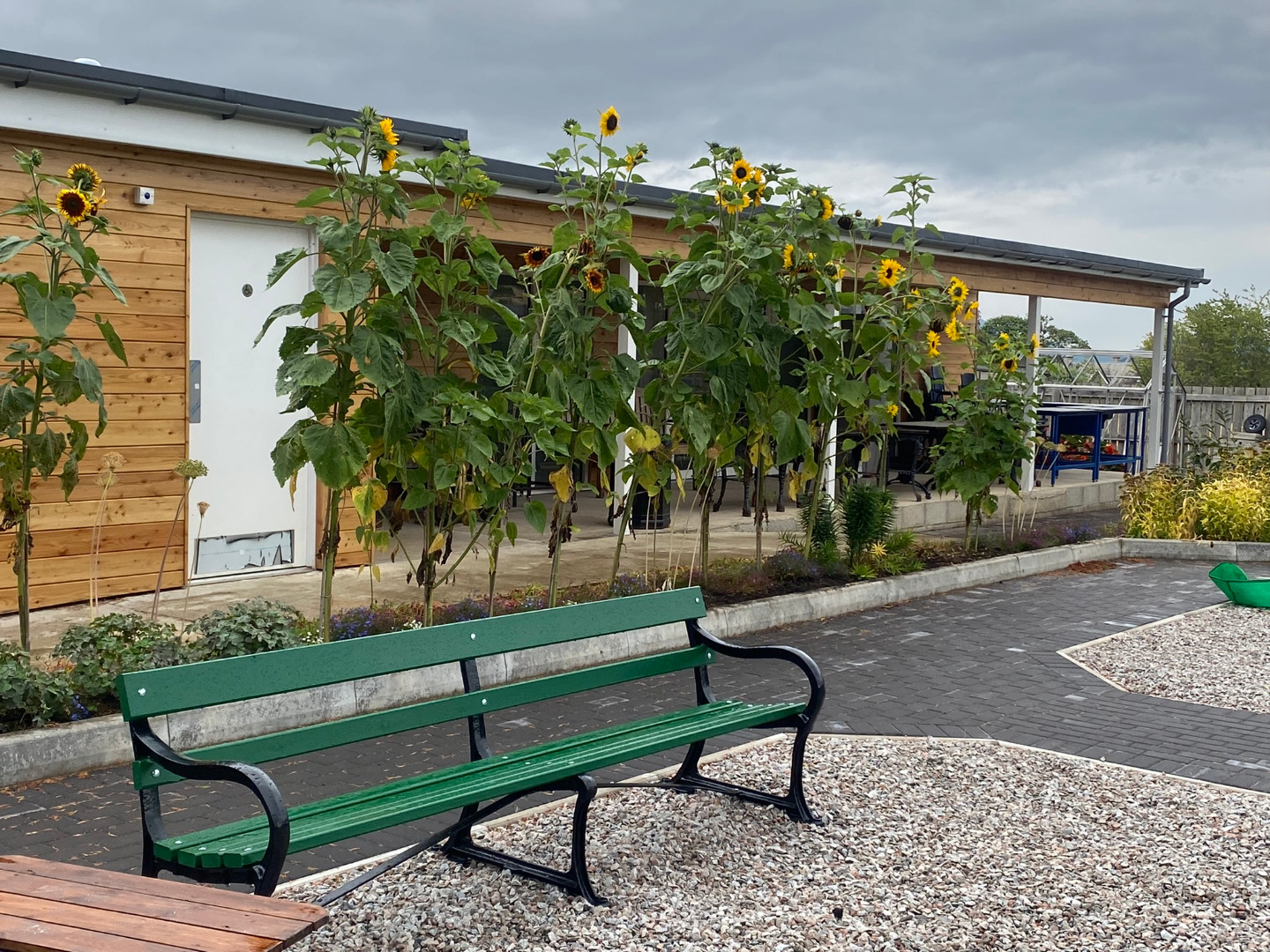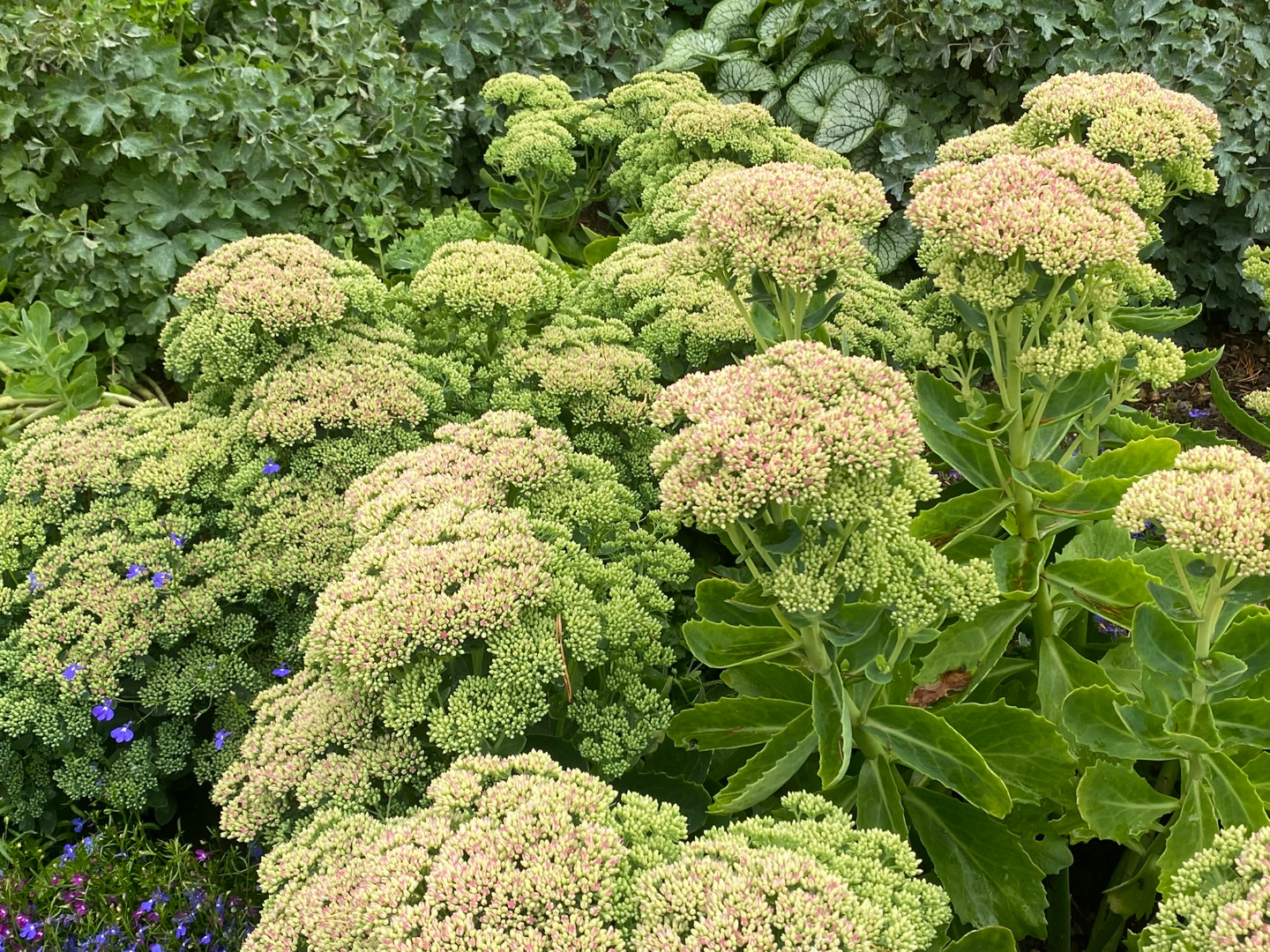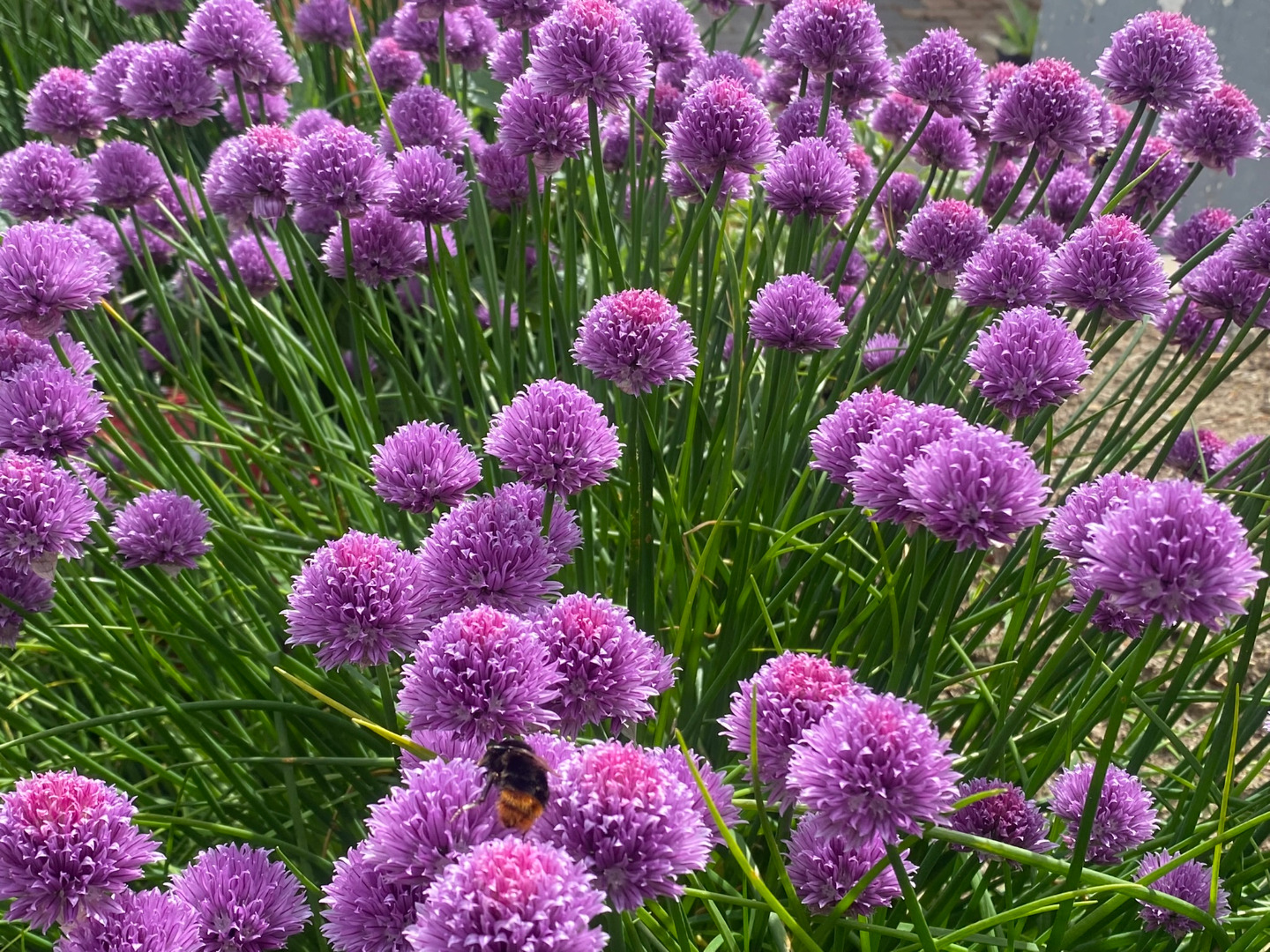News
Alford & District Garden Club Event 20/8/22
We were very happy to host this and we congratulate the club on a very successful show...
Green Hub Progress Report Spring 2022
The allotments have been productive and mostly well maintained. We have had a bit of turnover of tenants but have always had a waiting list of people wanting to join; and we have a number of new younger tenants after some older folk were forced by ill health to give up their plots. 2021 was not as productive a year as 2020, when plotholders reported their highest yields of potatoes ever (and some have been gardening for a long time).
Disease management is always a challenge where you have a lot of people growing the same thing. Potato blight struck early in 2021 and it is one fungal pest that is a real challenge to control, though some varieties are much more resistant than others. The trouble is that allotmenters grow what they like the taste of, and that does not always tally with resistance to blight. The Sarpo varieties and Mayan Gold both showed good blight resistance.
Another pest that has made its unwelcome presence known is carrot fly. Well pinned down fleece is the only strategy that can be used and even then, the offending flies seem to find their way in, lay their eggs and infest the carrots.
So far, we seem to have avoided club root, which affects brassicas, but whether that can be sustained over time depends on good plant hygiene, including keeping roots out of the communal compost heaps.
The polytunnel has been well used and yielded well. Tender crops such as tomatoes and French beans have done very well. We added a couple more half-sized raised beds at the end, so two more households now get benefit of the extended season of growth. Most people focus on one crop per year, but multicropping can be achieved by using the beds in the winter for hardy salads or spring brassicas.
The orchard has stabilised rather than flourished. We lost a couple of trees- far fewer than the previous year, but the fruit yield was modest. The plum trees seem to have thrived best, for reasons unknown. The Team have been fertilising the trees and clearing some of the vegetation round their base. Let’s hope this gives them a bit of a boost.
The greenhouse was used for bedding plants for the boxes around the village, members and volunteers planted them out to make the village a brighter place.
We bought a fruit press with the resources left over at the end of the Climate Challenge Fund grant and it has been used three times. We were ably assisted by Dave Hirst from Tarland to get the system up and running at our first attempt. It produces really excellent apple juice. If you have surplus apples and want to turn them to juice come and talk to us and we can help you make that juice for a small fee!
The main “green” development has been the slow but now certain movement towards the construction of a renewable heat system for the building. Several years ago, two shed members lent money for the development of a 21kW PV array of solar panels on the roof. This was put in to benefit from the Feed in Tariffs which ceased for new customers within a few days of the installation but will give us an income stream for 20 years.
The shed applied successfully for two grants: one from Local Energy Scotland and one from Vattenfall’s Fit for the Future Fund. Consulting heat engineers Harley Haddow were commissioned to design a renewable heat system which included thermal storage of hot water (produced from the PV via immersions), a Tesla Powerwall battery, a Zappi car charging point and an Air Source Heat Pump. This will not wholly eliminate the use of oil-fired heating in the depths of winter but will make the shed almost carbon neutral. The escalating costs caused a few headaches and some indecision, but Local Energy Scotland worked hard for us, found some more grant, a decision was made to go ahead and Richard Irvine will undertake the work this summer. A huge thanks to Iona Hodge of LES for sticking with this project and providing the financial support and enthusiasm to see this through.
In the depths of lockdown, we were approached by Keep Scotland Beautiful and asked if we were interested in applying for funds from the Community Climate Asset Fund. We applied for three electric bikes to support green mobility, with the idea that if folk tried them out they might make the modal switch to bikes for short journeys. We now have three electric bikes of different sizes, so if anyone would like to hire them for a trial, please approach anyone in the shed.
Alford Green Hub was motivated primarily by the climate crisis, which given the cost of living crisis and events in Ukraine seems to have been pushed into the shadows. We want the shed to be an example of good practice and hope others can learn from us. The escalating costs of electricity, gas and oil now make the case for going green ever greater. ADMS is lucky to have started that journey when it did. Maybe with the rising prices for fossil fuels others will make the same move. We will share our experience and I am sure it will not be glitch free, but please learn from us and share with us your experiences of grappling with these new technologies.
